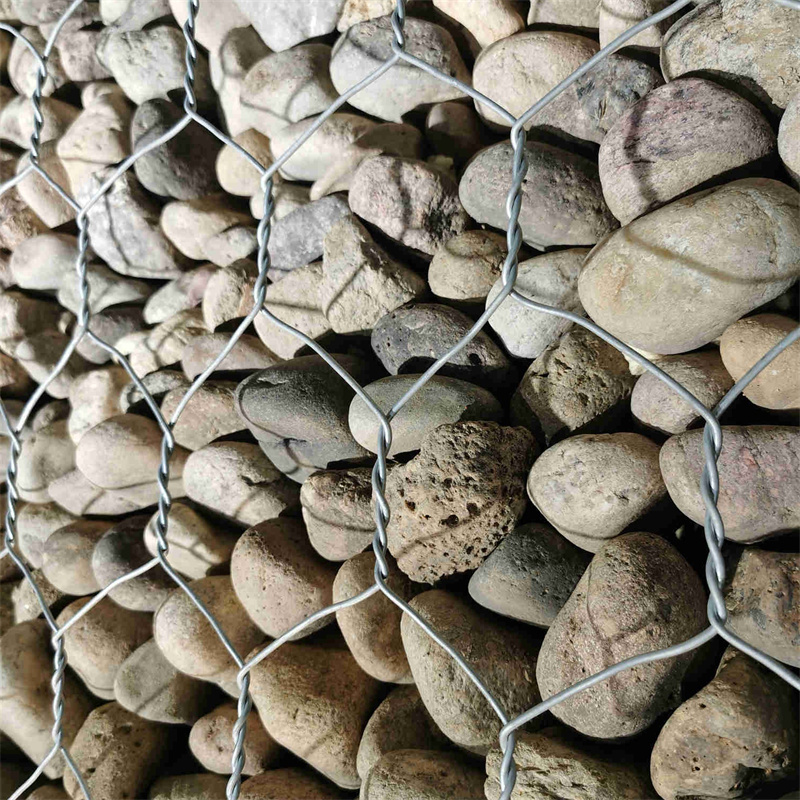Aug. . 07, 2024 09:40 Back to list
Exploring the Art of Gabion Sculptures in Contemporary Chinese Landscape Design and Architecture
China's Gabion Sculptures A Fusion of Art and Engineering
In recent years, the art of gabion sculpture has emerged as a fascinating intersection of nature, engineering, and artistic expression in China. Gabions, traditionally used in civil engineering and erosion control, are wire mesh cages filled with stones, rocks, or other materials, which offer structural stability and environmental resilience. However, artists across the country have adopted this technique to create stunning sculptures that grace parks, gardens, and public spaces, showcasing a unique blend of functionality and creativity.
The origins of the gabion as a construction tool can be traced back to ancient civilizations, where they were primarily used for flood control and military fortifications. In China, the reimagining of gabions into art has taken this historic utility and transformed it into a medium for cultural expression. Artists and landscape designers have harnessed the rustic visual appeal of gabion structures to create pieces that reflect the rich heritage and natural beauty of China.
China's Gabion Sculptures A Fusion of Art and Engineering
Moreover, the sustainability of gabion sculptures aligns beautifully with China's growing commitment to environmental preservation and eco-friendly practices. The use of natural stones and recycled materials as infill promotes resource efficiency, and the porous nature of gabion structures allows water to flow through, minimizing runoff and promoting soil stability. As cities strive to integrate more green spaces amid rapid urbanization, gabion sculptures provide a viable solution that harmonizes artistry and ecological responsibility.
china gabion sculpture

In addition to their visual appeal, gabion sculptures often hold deeper symbolic meanings. For example, in a country steeped in philosophy and tradition, these structures can represent resilience and adaptability, mirroring the cultural ethos of the Chinese people. Many artists consciously design their works to tell stories—using local myths, historical events, or philosophical concepts—as a way to engage viewers intellectually and emotionally. These narratives add layers of meaning to the sculptures, enriching the cultural tapestry of the landscapes they inhabit.
Exhibitions and installations of gabion sculptures have gained popularity across China, with artists showcasing their work in renowned art festivals and public installations. For instance, events like the Shenzhen Biennale of Urbanism and Architecture have featured gabion art, prompting dialogue on urban design and environmental issues. Such platforms not only elevate the visibility of gabion sculptures but also foster collaboration between architects, artists, and environmentalists, leading to innovative approaches in urban planning.
As new generations of artists continue to explore this medium, the future of gabion sculpture in China looks promising. The ability to creatively repurpose materials while addressing environmental challenges positions gabion art at the forefront of contemporary artistic movements. Ultimately, gabion sculptures embody more than mere aesthetic values; they serve as a reminder of the interconnectedness of art, nature, and the built environment, resonating with the cultural heritage of China while inspiring future innovations in art and sustainable design.
In conclusion, the rise of gabion sculptures in China is a remarkable testament to the creative potential that lies in traditional techniques. By merging functionality with artistic vision, these sculptures not only beautify public spaces but foster a deeper connection with nature, sustainability, and cultural identity. As this artistic movement continues to flourish, it invites us all to reconsider how we interact with our environment and the art that shapes our perceptions of the world.
-
HESCO Gabion Baskets for Coastal Erosion Prevention
NewsAug.22,2025
-
Longevity and Durability of River Rock Gabion Walls
NewsAug.22,2025
-
How to Integrate Gabion 3D Walls in Urban Planning
NewsAug.22,2025
-
Reno Mattress Gabion Applications in Civil Engineering
NewsAug.22,2025
-
How to Install Wire Mesh for Gabion Baskets Properly
NewsAug.22,2025
-
Best Materials for Filling a Chain Link Gabion
NewsAug.22,2025
-
Wire Mesh Thickness Impact on Gabion Wall Load Bearing
NewsAug.12,2025






